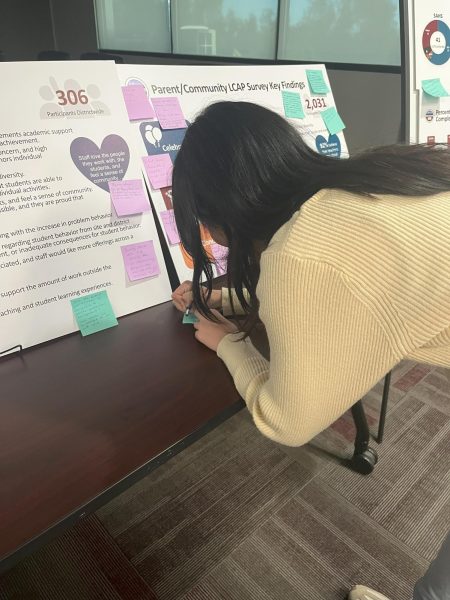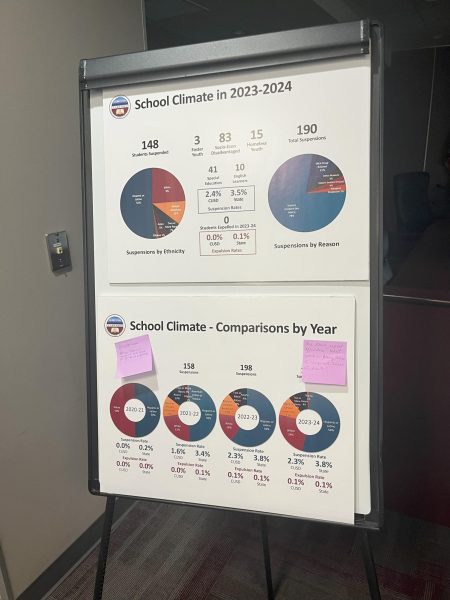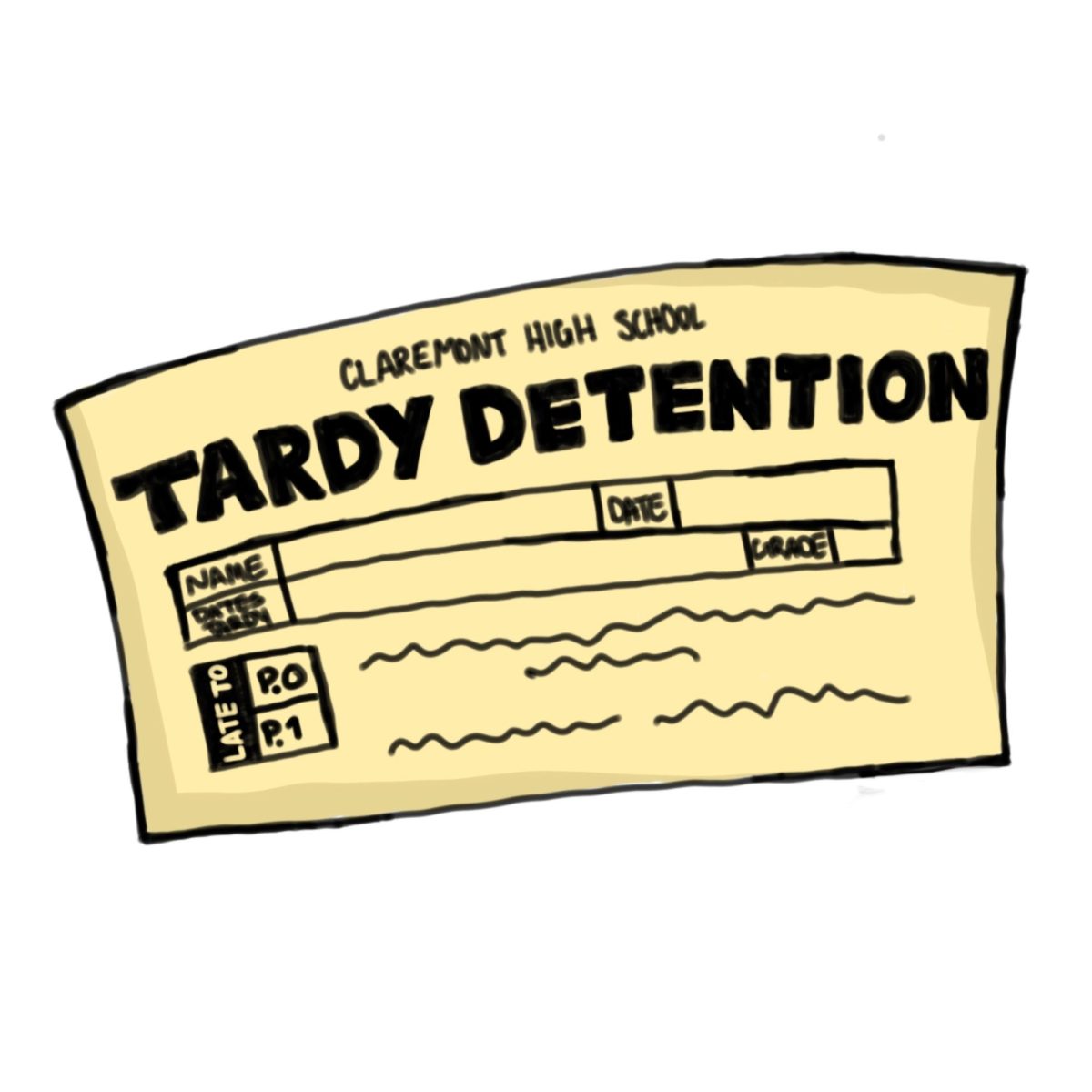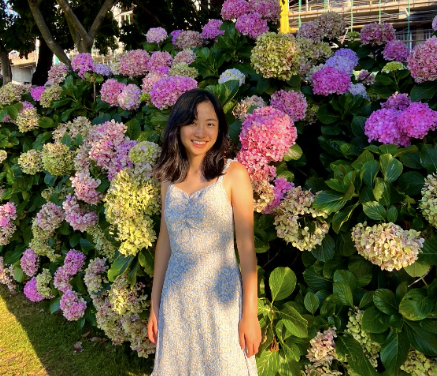
Survey upon survey upon survey, Claremont High School students are constantly asked for feedback. The issue is that they do not take those surveys seriously. Instead of providing insight, students dismiss them as “just another random survey the district wants us to fill out.” The district’s hope was to change this unsuccessful precedent.
On January 22, 2025, CHS students completed the Local Control Accountability Plan (LCAP) survey during homeroom, and the results were more promising this year as turnout rates increased.

The LCAP survey allows the school district to check in with students, staff, and parents, collecting crucial data on educational satisfaction, student safety, resource allocation, and more to inform better district-wide policies. Money is more effectively distributed via LCAP results to fund projects that increase the well-being of Claremont Unified School District (CUSD) members.
Dr. Julie Olesniewicz, CUSD Assistant Superintendent, is at the helm of the survey. Through her work pushing the LCAP survey forward and gathering thoughtful student responses, the district has implemented changes such as increased funding for mental health. Unfortunately, these changes are not representative of every member of CUSD, as many failed to complete the survey due to inaccessibility, inconvenience, or other factors. Turnout rates have historically been lower than expected for parents and secondary education students. Three Claremont High students—Nina Wu, Caroline Warren, and Isaac Li—recognized this problem and started a promotional campaign to inform the community on the importance of taking the LCAP survey. A junior at CHS, Isaac Li, explains his opinions on the survey before starting the campaign.
“I personally was unaware of the impacts before I was on the committee,” Li said. “I was one of the kids who would think they did not read the answers anyway. I usually responded, but I would breeze through most of them.”
This response mirrors that of thousands of other students who were never taught the importance of the LCAP survey before this year. The group of students identified the lack of awareness as a starting point to create an engaging homeroom curriculum that resonated with other CHS students. The three students decided to make an informational video about the LCAP survey.
“I saw the video as a way to engage students and let them know that there’s a bigger point than just spamming random stuff into the response boxes,” said Li. “There is a point to fill out thoughtful responses.”
The video was shown to CHS and El Roble students in addition to the presentation, and a second video was sent to families. To increase accessibility, it was made available in both English and Spanish. For students in grades 7-12, as well as parents, the results of this promotional campaign were highly promising. From 2024 to 2025, the responses from students in grades 7-12 and parents increased from 2542 to 2927 and 1873 to 2030, respectively.
After receiving the results, the school district committee gets further opinions from members of the community. In fact, on March 19th, a Gallery Walk was held at the CUSD District Office where the results of the survey were compared to previous years and presented to community members.

Information ranged from student educational feedback to standardized testing scores, demographic data, and chronic absenteeism rates. Community members were then asked to walk around and give feedback or comments on the data by putting sticky notes on the infographic boards. CUSD district members involved with the LCAP will have meetings over the next few months to review this feedback as well as trends in survey data to formulate new changes for the next school year. Dr. Olewniewicz shares her thoughts on the Gallery Walk.
“This is one of my absolute favorite nights because you have a lot of people in the room wearing lots of different lenses and giving some really great feedback,” Olesniewicz said.
Moving forward, the district is looking to increase survey turnout rates further.
“We always want more people involved, more feedback from folks,” Olesniewicz said. “If I could snap my magic fingers, the state would be giving us all the money that we need […] to improve and just have great things for our kids.”
The LCAP community is making strides in both student and parent participation rates, which will prove to be crucial in creating more inclusive and effective policies for the next school year. It is the school district’s best hope that people embrace the LCAP as an opportunity to speak up about their opinions and ensure their voices are heard. With continual effort, students, teachers, and parents can help shape the future of Claremont’s education system.











